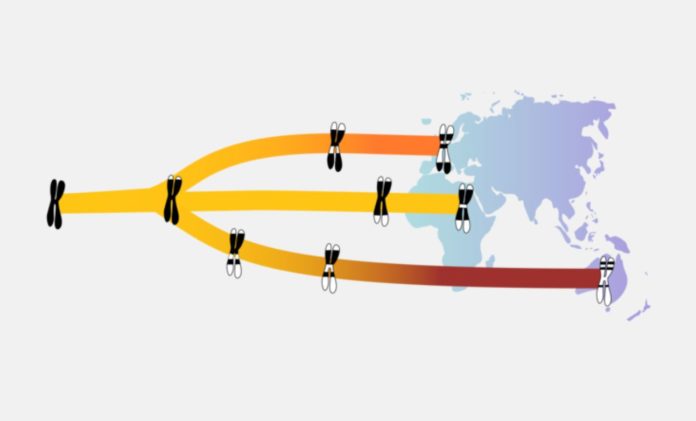A new study reveals that, contrary to popular belief, generation intervals have fluctuated during the past 40,000 years of human evolution. The findings show that human life history can change significantly in response to external and cultural variables.
The researchers from Denmark’s Aarhus University and Germany’s Max Planck Institute for Evolutionary Anthropology used Neanderthal fragments distributed in non-African genomes as molecular clocks to estimate generation gaps in Eurasian and American groups.
The research team reported in Nature Communications on September 7 that over the last 40,000 years, individuals in Europe reproduced at a younger age than those in east Eurasia and America.
“We estimate a difference of 3 to 5 years between the mean generation interval among populations. We believe that this difference was probably more dramatic. If the change happened during the last 10,000 years for example, we are probably diluting the signal over the 40,000 years period we study,” said Moisès Coll Macià, first author of the study.
The findings about generation intervals are reflected in the accumulation of genetic alterations in various parts of the world.
“Older parents transmit different mutations than younger ones to their children. In this study, we find that populations estimated to have older parents from their Neanderthal legacy also have mutations suggesting older parenthood” says Coll Macià.
These mutational differences also allowed the researchers to determine if variations in generation interval were caused by changes in the dads’ or mothers’ ages at reproduction, or both.
“For instance, we see that east Asian populations tended to have older fathers than mothers, while European populations had similar ages for both,” says Coll Marcià”.
So, why did generation lengths vary historically around the world?
The authors suggest that this was most likely a reaction to environmental changes. Differences in climate, as well as technological and cultural developments in human cultures, may have made living conditions more or less conducive for reproduction, and so played a significant effect in determining the optimal period to have children.
“In the future, we will be able to use the wealth of ancient and modern human genome sequences appearing at a fast rate to make a fine map of changes to age of human reproduction, that we can relate to environmental and cultural conditions,” professor Schierup suggests.
